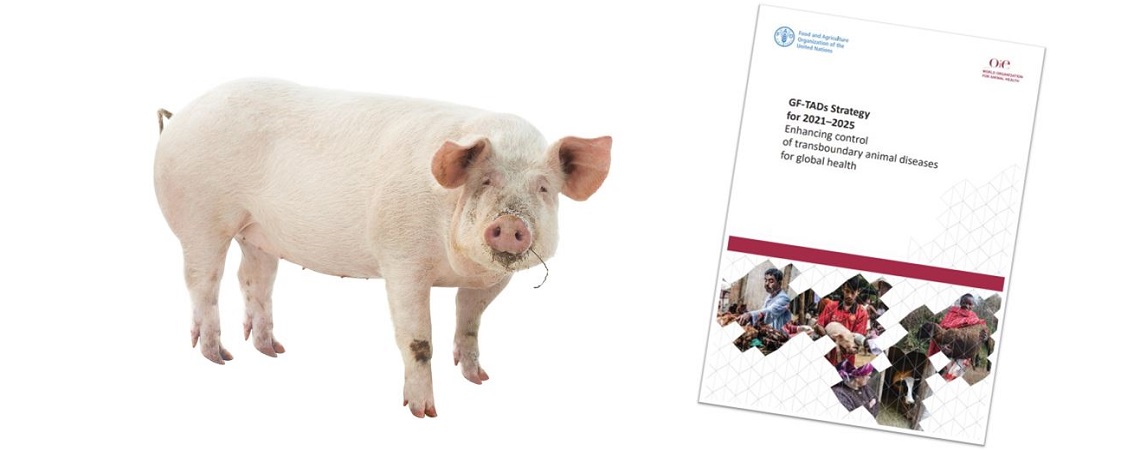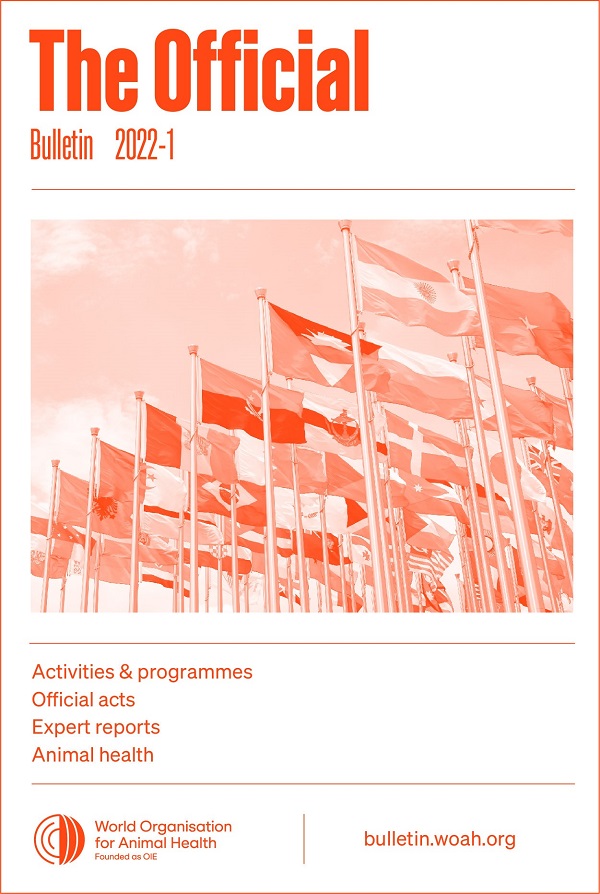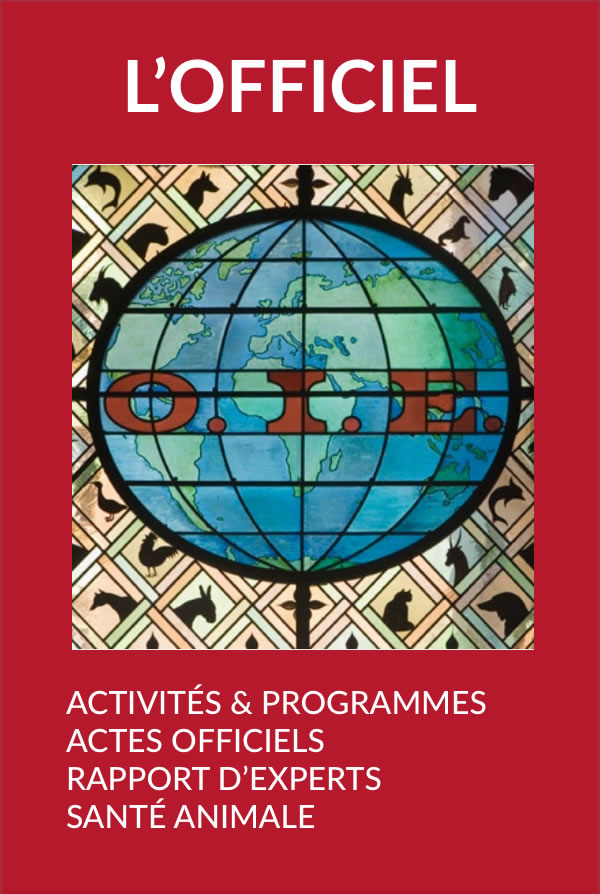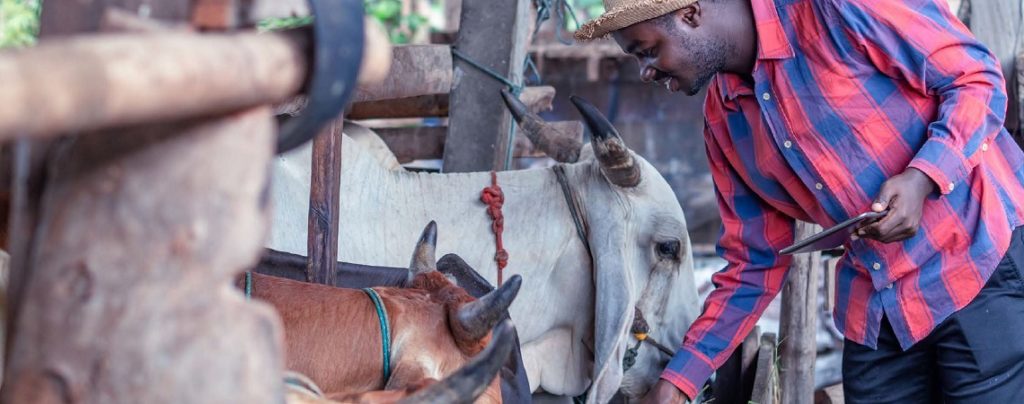Activities & Programmes Posted on 2022-06-27 09:21:50
Joint actions
A new strategy to join forces for the control of transboundary animal diseases
Keywords
In the Americas, the GF‑TADs Regional Steering Committee has been working for several years to coordinate efforts to increase awareness of and preparedness for ASF. For this purpose, and in line with the model used in Europe, a Standing Group of Experts on ASF was established in 2019, bringing together leading countries with regional organisations and private stakeholders. When ASF was confirmed in July 2021 in the Dominican Republic, followed by Haiti in August 2021, the key players from the region were ready to cooperate immediately under a well-coordinated emergency mechanism. In addition, they adopted the five-pillar Regional Framework for the containment and prevention of ASF spread in the Americas, which consists of more than 75 actions that support the two infected countries and strengthen capacities and awareness throughout the region. The rapid mobilisation of all players around a structured plan was the key to success. This plan addressed short- and mid-term priorities, the engagement of all sectors concerned and the recognition of the broader context in which the Veterinary Services intervene. Inter-regional collaboration is also part of GF‑TADs, and Asia and Europe shared their strategic and practical experiences in coordinating support for ASF-affected countries. This example illustrates the importance of considering the different objectives and specificities of a coordination mechanism such as GF‑TADs.
 Based on the outcomes of the third external evaluation [1] and recent experiences shared by the five regions, the GF‑TADs Management Committee adopted the GF‑TADs Strategy for 2021–2025 [2] and presented it during the 12th Global Steering Committee Meeting (held virtually on 2 November and 2 December 2021) to more than 100 participants, who welcomed its three objectives to: establish strategies for priority TADs at the regional and sub-regional levels, develop capacities to prevent and control TADs, and improve the sustainability of priority TAD strategies through multi-disciplinary partnerships.
Based on the outcomes of the third external evaluation [1] and recent experiences shared by the five regions, the GF‑TADs Management Committee adopted the GF‑TADs Strategy for 2021–2025 [2] and presented it during the 12th Global Steering Committee Meeting (held virtually on 2 November and 2 December 2021) to more than 100 participants, who welcomed its three objectives to: establish strategies for priority TADs at the regional and sub-regional levels, develop capacities to prevent and control TADs, and improve the sustainability of priority TAD strategies through multi-disciplinary partnerships.
Despite the constraints that remain in place due to COVID‑19, 2022 has started with a shared hope among all GF‑TADs stakeholders for intensified coordination in the control of TADs, which remains instrumental in ensuring food security, sustainable development of livestock and the livelihoods of millions of farmers around the world.
References
- Food and Agriculture Organization of the United Nations (FAO) & World Organisation for Animal Health (WOAH) (2018). – Joint FAO–OIE Evaluation of the Global Framework for Transboundary Animal Diseases (GF‑TADs). Project evaluation series.
- World Organisation for Animal Health (WOAH) & Food and Agriculture Organization of the United Nations (FAO) (2021). – GF-TADs Strategy for 2021–2025. Enhancing control of transboundary animal diseases for global health. https://doi.org/10.20506/GFTADS.3269.












